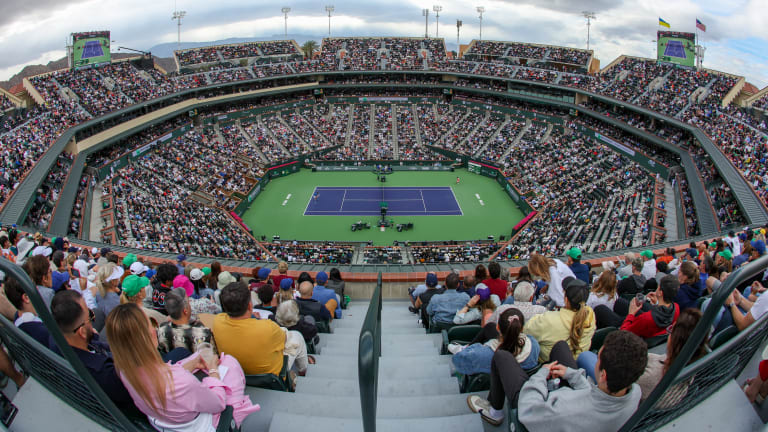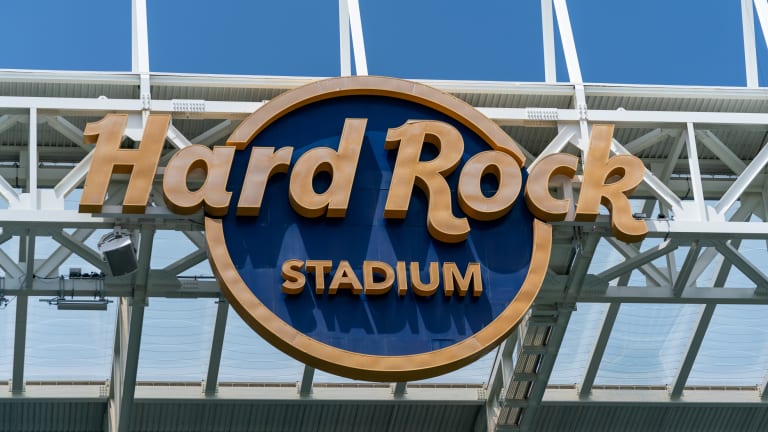5 Burning Questions: Indian Wells & Miami
Sunshine Sympoisum: Will tennis fans watch better matches in Indian Wells or Miami?
By Mar 05, 20245 Burning Questions: Indian Wells & Miami
Sunshine Symposium: Which American will play best in Indian Wells and Miami?
By Mar 04, 20245 Burning Questions: Indian Wells & Miami
Sunshine Symposium: Will we see an Indian Wells-Miami double on the ATP or WTA tour?
By Mar 03, 20245 Burning Questions: Indian Wells & Miami
Sunshine Symposium: Are Indian Wells and Miami more important for Alcaraz, Djokovic, or Nadal?
By Mar 02, 20245 Burning Questions: Indian Wells & Miami
Sunshine Symposium: Which player has the most to prove at 2024 Indian Wells and Miami?
By Mar 01, 2024United Cup
United Cup, Day 1 Preview: Naomi Osaka begins promising 2026, Stefanos Tsitsipas back from injury
By Jan 01, 2026Setting the Table for 2026
What to expect from Carlos and Jannik in 2026 as year three of the Sincaraz Era begins
By Jan 01, 2026Summer Down Under
Tennis set for two weeks of mania ahead of 2026 Australian Open
By Jan 01, 2026The Business of Tennis
How Aryna Sabalenka is building a brand as powerful as her game
By Jan 01, 2026United Cup
United Cup Classics: Three matches that defined the tournament
By Dec 31, 2025Sunshine Sympoisum: Will tennis fans watch better matches in Indian Wells or Miami?
U.S.-based fans are spoiled for choice when it comes to top-tier events, but where does their ticket go farthest between the BNP Paribas Open and the Miami Open?
Published Mar 05, 2024
Advertising

Will the Indian Wells Tennis Garden deliver its promise of #tennisparadise on the court in 2024?
© Icon Sportswire via Getty Images
Advertising

...or will the newer Hard Rock Stadium be the stage on which fans catch more classic matches?
© ©Icon Sportswire All Rights Reserved